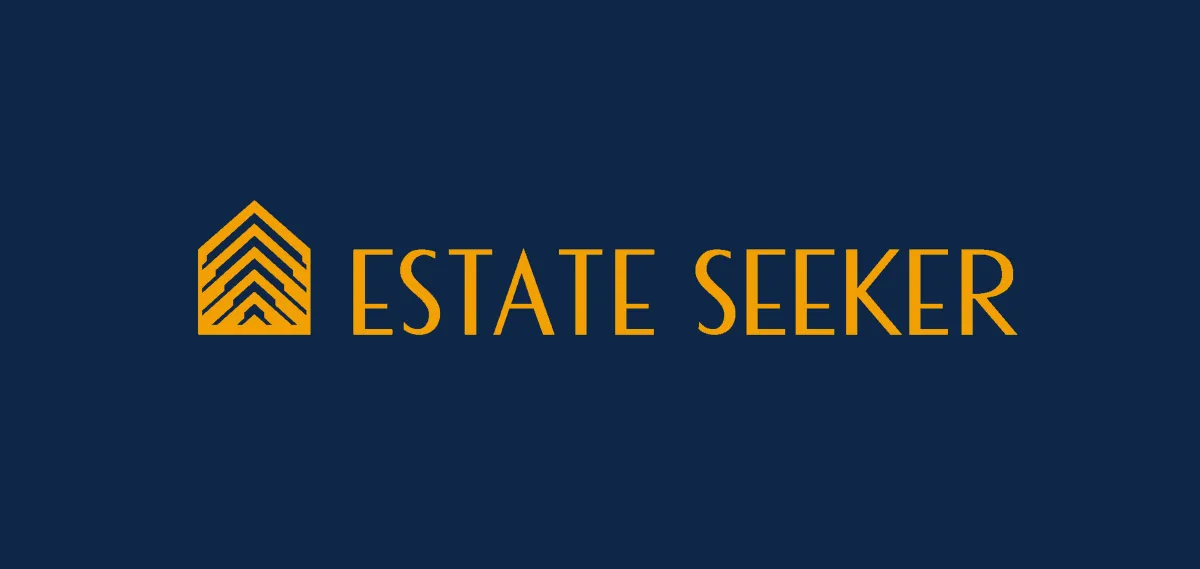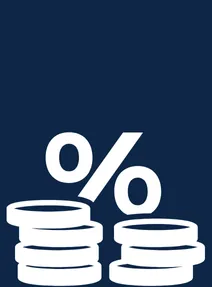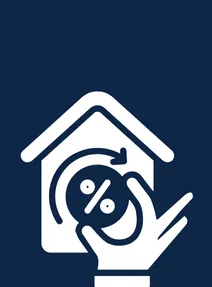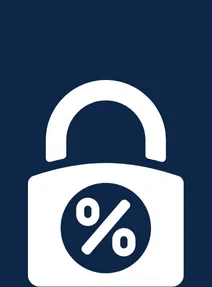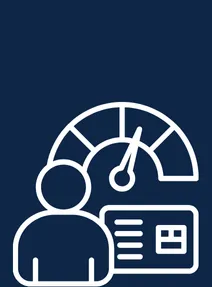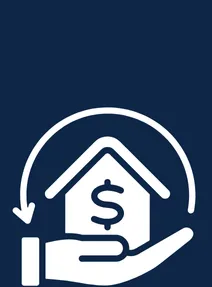Rate Lock
Rate Lock
What Is a Rate Lock?
A Rate Lock is a feature that protects you from rising interest rates between the time you
apply for your home loan and when it settles. It lets you lock in a fixed interest rate when
you apply for your home loan — so if interest rates go up before your loan settles, you
still get the lower rate you applied for.
It gives you peace of mind knowing your rate won't change — even if the market does.
Why is Rate Lock Important?
When you choose a fixed-rate loan, the rate isn’t guaranteed until settlement — unless
you pay for a Rate Lock.
Without Rate Lock:
Your fixed rate is based on the settlement day rate
If rates rise before then, you’ll be given the higher rate
With Rate Lock:
Your rate is secured on the day you apply
You’re protected from any increases during the approval and settlement process
Example Scenario
(makes it more practical and relatable)
Let’s say you apply for a 3-year fixed home loan at a rate of 5.80% p.a. Three weeks
later, interest rates increase to 6.10% p.a.
Without Rate Lock: You’ll get the higher 6.10% rate at settlement
With Rate Lock: You’ll keep your original 5.80% rate — potentially saving thousands
over 3 years
How Long Is the Rate Locked For?
Most lenders offer a Rate Lock period of 90 days (3 months) from the day of your loan
application. That means your chosen fixed rate is protected until settlement — as long as
settlement occurs within that period.
Does Rate Lock Cost Extra?
Yes, in most cases.
Lenders typically charge a one-time rate lock fee
The fee is often non-refundable, even if rates don’t change
Different lenders charge different rate lock fees, and it’s typically locked for
three months from the day of application to the day of settlementVery few lenders offer to lock your rate at the time of application without charging
any fees
When Should You Consider a Rate Lock?
A Rate Lock is worth considering if:
You’re applying for a fixed rate loan
You’re worried about interest rates rising before your loan settles
There’s a long gap between approval and settlement
You value certainty over small potential savings
⚠️ Keep in mind: If rates drop after you've locked in, you won’t get the lower rate — you’ll
stay on the locked-in rate.
How to Request a Rate Lock
Make the process feel simple and doable:
Ask your broker or lender if Rate Lock is available
Confirm the cost and when it will be charged
Double-check how long your rate is locked in for (usually 90 days)
Final Thoughts on Rate Lock
Rate Lock is like an insurance policy for your fixed rate — it gives you peace of mind that
what you see today is what you’ll get at settlement. While it comes at a cost, it can save
you thousands if rates rise in the meantime.
Related Topics
An interest-only loan can mean smaller repayments upfront — but eventually, the full cost kicks in. Find out who these loans suit and the risks to watch for.
Variable rates can go up or down at any time — meaning your mortgage costs change, too. Here’s how they work, the pros and cons, and when they might actually save you money.
Locking in your rate can protect you from future rises — but it comes with trade-offs. Learn when a fixed loan makes sense and when flexibility is worth more.
Understand how lenders determine your borrowing power and what factors impact loan approval. Learn how to improve your eligibility and maximise your home loan options.
Discover the five key factors lenders evaluate when assessing loan applications and learn how each plays a role in securing mortgage approval.
A high LVR could mean extra costs, while a low LVR can save you thousands. Find out why lenders care so much about this number.
What Is a Rate Lock?
A Rate Lock is a feature that protects you from rising interest rates between the time you apply for your home loan and when it settles. It lets you lock in a fixed interest rate when you apply for your home loan — so if interest rates go up before your loan settles, you still get the lower rate you applied for.
It gives you peace of mind knowing your rate won't change — even if the market does.
Why is Rate Lock Important?
When you choose a fixed-rate loan, the rate isn’t guaranteed until settlement — unless you pay for a Rate Lock.
Without Rate Lock:
Your fixed rate is based on the settlement day rate
If rates rise before then, you’ll be given the higher rate
With Rate Lock:
Your rate is secured on the day you apply
You’re protected from any increases during the approval and settlement process
Example Scenario (makes it more practical and relatable)
Let’s say you apply for a 3-year fixed home loan at a rate of 5.80% p.a. Three weeks later, interest rates increase to 6.10% p.a.
Without Rate Lock: You’ll get the higher 6.10% rate at settlement
With Rate Lock: You’ll keep your original 5.80% rate — potentially saving thousands over 3 years
How Long Is the Rate Locked For?
Most lenders offer a Rate Lock period of 90 days (3 months) from the day of your loan application. That means your chosen fixed rate is protected until settlement — as long as settlement occurs within that period.
Does Rate Lock Cost Extra?
Yes, in most cases.
Lenders typically charge a one-time rate lock fee
The fee is often non-refundable, even if rates don’t change
Different lenders charge different rate lock fees, and it’s typically locked for three months from the day of application to the day of settlement
Very few lenders offer to lock your rate at the time of application without charging any fees
When Should You Consider a Rate Lock?
A Rate Lock is worth considering if:
You’re applying for a fixed rate loan
You’re worried about interest rates rising before your loan settles
There’s a long gap between approval and settlement
You value certainty over small potential savings
⚠️ Keep in mind: If rates drop after you've locked in, you won’t get the lower rate — you’ll stay on the locked-in rate.
How to Request a Rate Lock
Make the process feel simple and doable:
Ask your broker or lender if Rate Lock is available
Confirm the cost and when it will be charged
Double-check how long your rate is locked in for (usually 90 days)
Final Thoughts on Rate Lock
Rate Lock is like an insurance policy for your fixed rate — it gives you peace of mind that what you see today is what you’ll get at settlement. While it comes at a cost, it can save you thousands if rates rise in the meantime.
Related Topics
An interest-only loan can mean smaller repayments upfront — but eventually, the full cost kicks in. Find out who these loans suit and the risks to watch for.
Variable rates can go up or down at any time — meaning your mortgage costs change, too. Here’s how they work, the pros and cons, and when they might actually save you money.
Locking in your rate can protect you from future rises — but it comes with trade-offs. Learn when a fixed loan makes sense and when flexibility is worth more.
Understand how lenders determine your borrowing power and what factors impact loan approval. Learn how to improve your eligibility and maximise your home loan options.
Discover the five key factors lenders evaluate when assessing loan applications and learn how each plays a role in securing mortgage approval.
A high LVR could mean extra costs, while a low LVR can save you thousands. Find out why lenders care so much about this number.
© 2025 Estate Seeker.com.au - All Rights Reserved. Content on this site is for educational purposes only.
Always consult with a professional before making any investment decisions.
